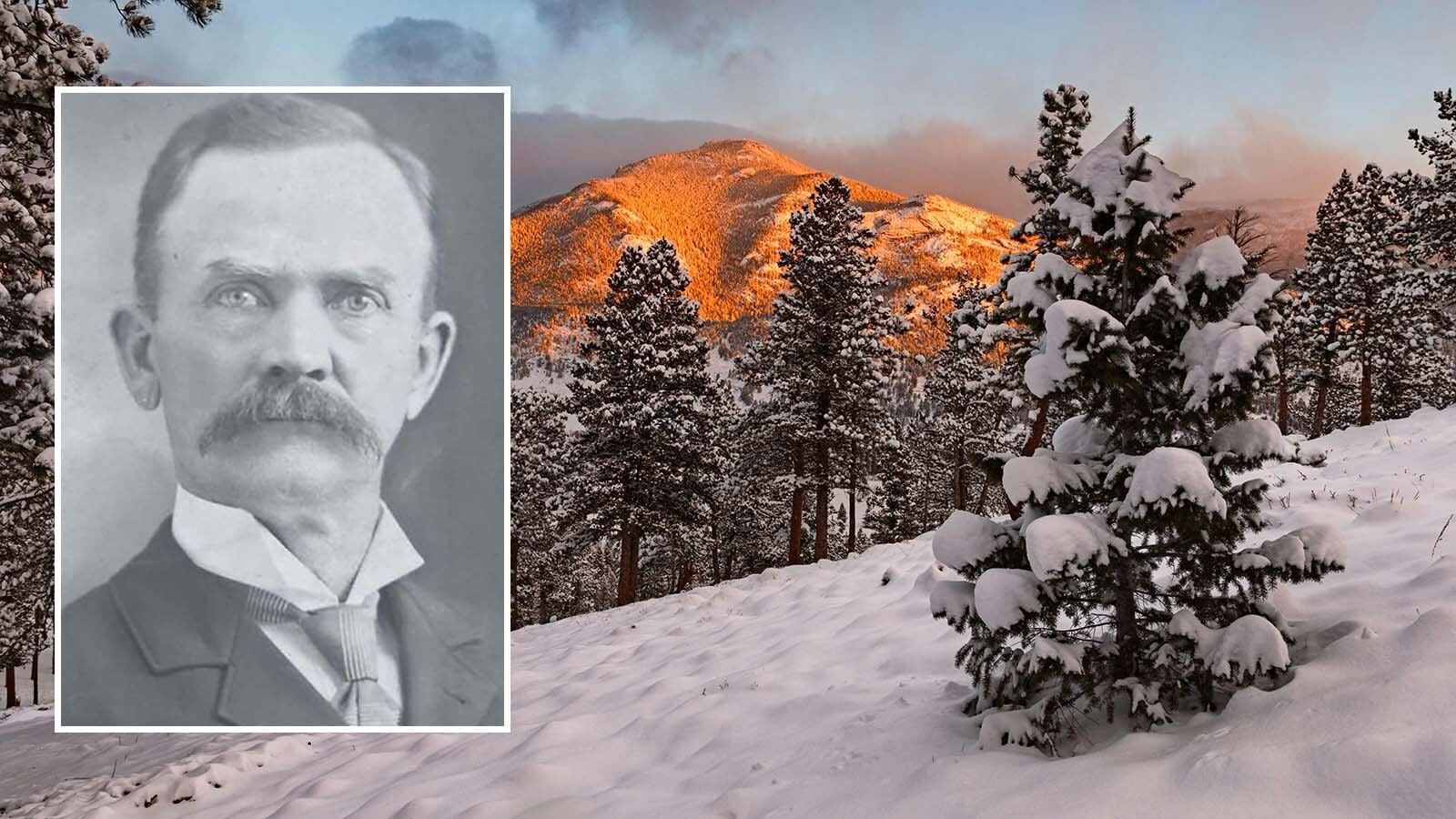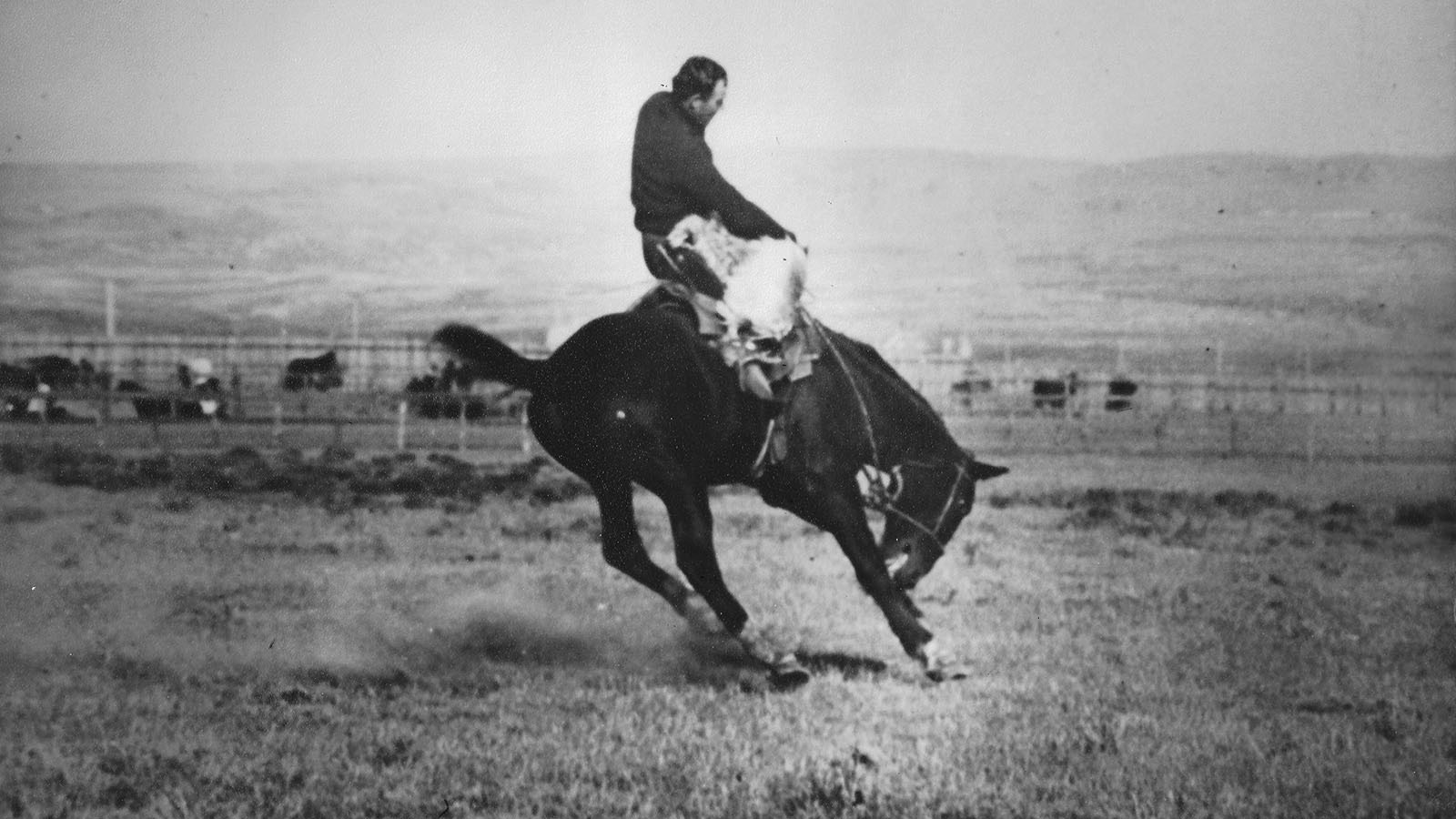In mid-February 1898, New Mexico Territorial Gov. Miguel A. Otero received word in Santa Fe that Spanish troops had sunk the battleship USS Maine in the harbor at Havana, Cuba.
The news concerned Otero because New Mexico, although a U.S. territory for more than 50 years, was largely inhabited by people of Spanish descent. He, himself, was one of them, born in Saint Louis and educated at Notre Dame.
He felt a twinge of sorrow when he read the report.
Otero had no doubt what course of action he must follow. He must make sure no one could question the loyalty of the people of New Mexico.
He promptly wrote to the New York World that, “In anticipation of War, the New Mexico National guard, in many localities, are drilling night and day.”
A Regiment Of Cavalry
In early April, the governor advised U.S. Secretary of War R.A. Alger that “a full regiment of cavalry, nearly all of whom are of Spanish descent,” was ready for immediate service.
Men volunteered for service in growing numbers until, on April 24, 1898, the Santa Fe New Mexican could proudly proclaim in its headlines: “Volunteers Galore. Offers For Active Service Pouring In On Governor Otero From All Over New Mexico. Recruiting The Maximum. National Guards Ready On Call. Two Thousand Men Could Be Had On Short Notice.”
On April 25, the federal government officially declared war on Spain, reacting to Spain’s own declaration of war the previous day.
Alger advised Otero of the action by telegram and added: “The president directs that Captain Leonard Wood, United States army, be authorized to raise a regiment of cavalry as mounted riflemen, and to be its colonel and has named Hon. Theodore Roosevelt as lieutenant colonel. All of the other officers will come from the vicinity where the troops are raised. What can you do for them? Answer immediately.”
Without delay, Otero wired his response: “Telegram arrived. Have full squadron of cavalry ready for service. Prefer to send them as cavalrymen, but probably can transfer as mounted riflemen, if necessary. Can raise battalion of mounted riflemen in about a week. Can you take squadron of cavalry and battalion of mounted riflemen in addition?”
The next day, Secretary Alger informed Otero that the New Mexican volunteers would be used as mounted riflemen under the command of Colonel Wood.
Anticipating a mad rush to join the ranks of such an illustrious organization, the Santa Fe New Mexican reported April 28, “The four troops of mounted riflemen being organized in New Mexico for service in Cuba, will in many respects be the most noted volunteer squadron ever enlisted.”

Good Shots, Able To Ride Any Horse
The paper added, “Every man is to be picked with reference to special qualifications. He must be a good shot, be able to ride anything in the line of horseflesh, a rough and ready fighter, and above all must absolutely have no understanding of the word fear.
“To belong to New Mexico’s mounted riflemen as a private is an honor which will be looked upon as beyond that of a commissioned officer in many another organization.”
The response to the call to arms was as expected.
Scores of New Mexicans volunteered their services, and when the final tally was in, 340 of the territory’s finest had reported for duty in the First Volunteer Cavalry Regiment, which also included men from Arizona, Oklahoma, and the Indian Territories.
The New Mexican contingent was the largest in the regiment and was commanded by Adjutant General Henry Hersey.
The volunteers were equipped and armed by the federal government. One of the troop commander’s, Captain T.P. Ledwidge, described the typical soldier’s gear in a letter to the Denver Republican.
“Each man is supplied with a McClellan saddle, bridle, water bridle, halter, saddlebags ... picket pin and rope, nose bag, curry comb and brush, spurs, canteen, mess pan and tin cup, knife, fork and spoon, poncho, body blanket, horse blanket, one-half shelter tent, service belt, machete and scabbard, Krag-Jorgensen 30-30 carbine and scabbard, 44-caliber single action Colt’s revolver and scabbard and cartridge belt.”
Don’t Call Them Cowboys
By the time the volunteers reached San Antonio, Texas, where a training and staging area had been established, they were being called by a variety of names, including the Cowboy Cavalry, the Fighting First, Teddy’s Riotous Rounders, and the name that eventually stuck with them, the Rough Riders.
Although he learned to accept the moniker, Roosevelt at first was hesitant to call his military cohorts by any such name.
“Don’t call them rough riders and don’t call them cowboys,” he exclaimed. “Call them mounted riflemen.”
Roosevelt, who had served as undersecretary of the Navy before resigning to help organize the Volunteers, was unwavering in his high regard for the New Mexicans. He once described them as “a splendid set of men ... tall and sinewy, with resolute, weather-beaten faces, and eyes that looked a man straight in the face without flinching.”
Following their training, the Volunteers departed for Cuba, landing there on June 22. Two days later the Rough Riders got their first taste of combat when, with Lieutenant Colonel Roosevelt in command, they won a decisive battle at Las Guasimas.
Charging San Juan Heights
“Every officer and man did his duty up to the handle,” exclaimed a proud Roosevelt.
On July 1 and 2, the Rough Riders assisted the U.S. Army in occupying the San Juan Heights, and on August 7, after Spain had sued for peace, the men of New Mexico returned home.
On Aug. 25, Roosevelt wrote Governor Otero a letter expressing his thanks for the territory’s cooperation in the war effort.
“I write you a line just to tell you how admirable the New Mexican troopers ... have behaved,” he wrote. “I am more than proud to be in the same regiment with them; I can imagine no greater honor than to have commanded such men.”
The Spanish-American War turned out to be the shortest major conflict ever engaged in by United States armed forces.
It also marked the beginning of a new era in American warfare technology, especially the use of modern metallic cartridge-firing small arms, utilization of steel-constructed floating hulks of ships, and the age-old custom of individual states raising their own troops.
And for Teddy Roosevelt personally, the immediate publicity he garnered from his role in the conflict propelled the old Rough Rider into the vice-presidency and presidency of the United States.
What Sank The Maine?
In retrospect, the subject of whether the Spanish Navy really sank the USS Maine to begin with, or if the ship was destroyed by an internal explosion, has been argued among historians for years.
A naval team of experts reexamined the evidence in 1974 and concluded: “We found no technical evidence ... that an external explosion initiated the destruction of the Maine.
“The available evidence is consistent with an internal explosion alone. We therefore conclude that an internal source was the cause of the explosion,” the report said. “The most likely source was heat from a fire in a coal bunker adjacent to the 6-inch reserve magazine. However, since there is no way of proving this, other internal causes cannot be eliminated as possibilities."
Yet another re-investigation was released from the National Geographic Society in early 1998 that refuted the 1974 study.
Using methods not available to the earlier researchers, the society announced that "it appears more probable, than was previously concluded, that a mine caused the inward bent bottom structure and detonation of the magazines."
It is doubtful that the real story of the sinking of the Maine will ever be discovered.
Be that as it may, the Spanish-American War provided the stimulus over the next several years for the U.S. Navy to rapidly build and attain its position as a leading naval power in the world.
James A. Crutchfield can be reached at TNcrutch@aol.com.





